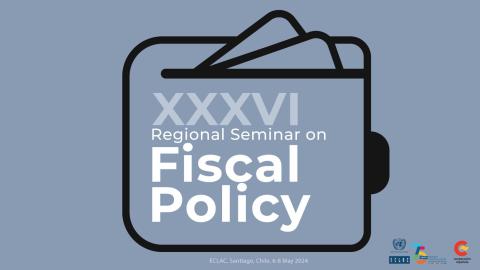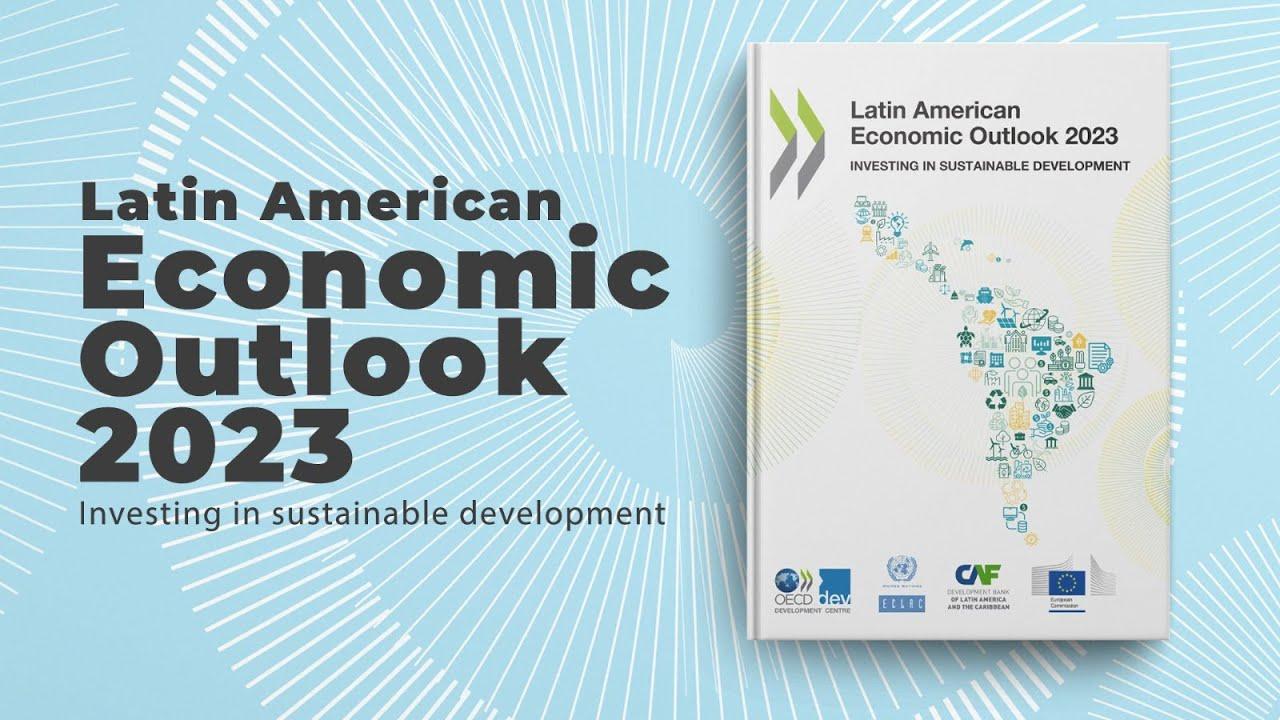Announcement
China plays a central role in the process of rapid change under way in the world economy. By 2017, the country's GDP is expected to outstrip that of the United States - making it the world's largest economy. This buoyancy has resulted in a strong demand for raw materials that often come from Latin America and the Caribbean.
Between 2000 and 2012, the trade among China and the region therefore increased by 21 times to stand at USD 250 billion. China is now the main destination for exports from Brazil, Chile and Peru, the second destination for Venezuela, Colombia, Cuba and Uruguay, the third for Argentina and the fourth for Mexico. In addition, China is also one of the main sources of imports for almost all the region's countries.
Against this backdrop, the seventh China-Latin America and Caribbean Business Summit was held in San José, Costa Rica, on 26 and 27 November. ECLAC used the meeting to present the document Promoting trade and investment with China: challenges and opportunities in the experience of Latin American chambers of commerce (in Spanish only).
The document, which was produced by the ECLAC Division of International Trade and Integration, was the result of the Commission's consultations with chambers of commerce from 13 of the region's countries on trade and investment relations with China. The consultations formed the basis for a series of recommendations to help Latin America and the Caribbean make a quality leap in its relations with the Asian country.
The document's main messages include the need to diversify regional exports to China, as they are currently concentrated on a very small range of commodities. With this in mind, the region's business sectors have identified several market niches in China that can be better exploited in areas such as agroindustry and a wide range of services including tourism, entertainment, architecture, urban planning and environmental management.
Many of these opportunities relate to the economic reforms under way in China to increase the focus on household consumption, as well as structural trends in Chinese society (including ageing, the expanding middle classes and urbanization).
Making full use of these new opportunities will involve the region's enterprises increasing their presence in China. In the next few years, Latin American and Caribbean governments therefore need not only to promote exports to China but also support the direct presence of the region's companies within that market.
In addition, these reforms could boost foreign direct investment flows from China to Latin America and the Caribbean. Although such investment has risen strongly since 2010, China is no longer among the top foreign investor in the region. This could be a strategic factor in China's food security, as it has 7% of the planet's arable land and 6% of all water resources to feed 22% of the world population.
Given China's growth prospects and the demand that will be generated by the new cycle of economic reforms, it is vital to improve practical knowledge on the impacts involved, as well as on the country's new consumption trends. ECLAC is therefore proposing the creation of a Trade Facilitation Centre in Beijing to support regional exports to China and promote trade relationships with Chinese companies.
The document concludes by stating that, in order to become a relevant partner for China, Latin America and the Caribbean must define a regional working agenda with the Asian country. In this regard, the region must coordinate a joint response to the ambitious cooperation proposal put forward by the then Prime Minister, Wen Jiabao, at the ECLAC headquarters in June 2012.



